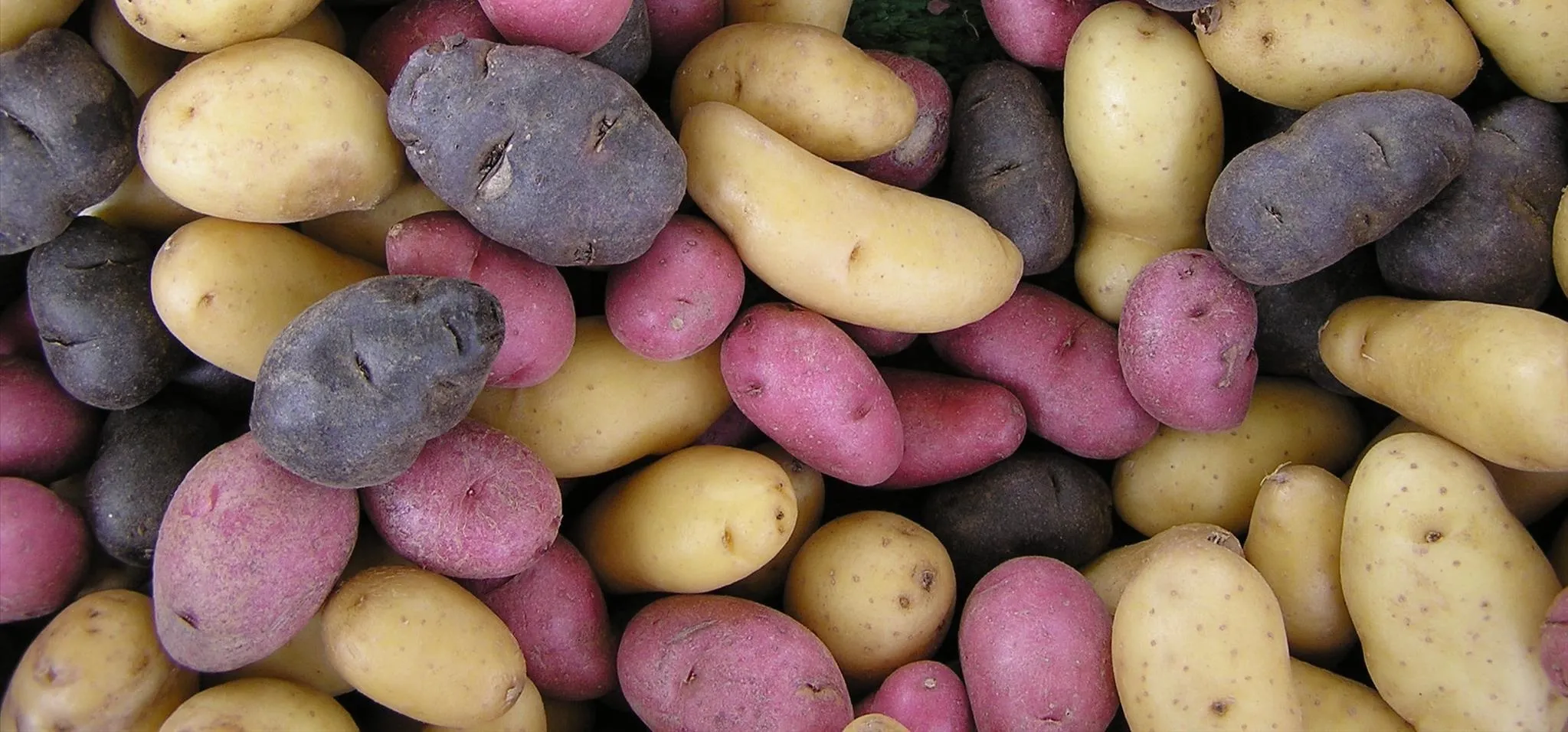The Ultimate Potato Guide: Understanding Different Varieties And Textures

Although potatoes appear straightforward at first, there is an intriguing universe of aromas, textures, and hues hidden beneath their earthy exteriors. They’re one of the most adaptable foods on the planet, used in everything from crispy fries to velvety soups. Yet not all potatoes are the same — each variety behaves differently in the kitchen. Knowing their traits will help you select the one that will always have the ideal texture and flavor. This ultimate potato guide explores the most common varieties, their textures, and the best ways to use them. Exploring different potato varieties allows home cooks to match each type’s unique texture and flavor to the perfect recipe, turning simple meals into restaurant-quality dishes.
The Role Of Texture And Starch
When it comes to cooking potatoes, texture is everything. The key factor determining how a potato performs in recipes is its starch and moisture content. Potatoes are generally divided into three main texture categories: starchy, waxy, and all-purpose.
Because starchy potatoes contain a lot of starch and little moisture, their interior is light and fluffy. When cooked, they easily break down, which makes them perfect for mashing, frying, or baking.
Waxy potatoes have a firm, creamy texture that maintains their shape because they have more moisture and less starch. They’re perfect for boiling, roasting, and salads.
All-purpose potatoes strike a balance between the two, offering versatility for nearly any cooking method.
Once you understand these differences, you’ll never have to guess which potato works best for your favorite dish.
Starchy Potatoes: Fluffy And Light
The classic example of a starchy potato is the russet (also known as the Idaho potato). Its thick, rough skin and pale, dry flesh make it a kitchen staple for baked potatoes, fries, and mashed dishes. When cooked, the interior becomes airy and delicate, absorbing butter, cream, or seasoning beautifully.
Maris piper, a popular variety in the UK, also belongs to the starchy category. It’s a go-to for roast potatoes thanks to its ability to crisp on the outside while staying soft inside.
Best Uses: Baking, mashing, roasting, and frying.
If you want light, fluffy mashed potatoes or golden, crispy fries, starchy varieties deliver unmatched results.
Waxy Potatoes: Firm And Creamy
Waxy potatoes keep firm after cooking because of their smooth texture, thinner skin, and higher moisture content. These are your go-to for dishes that need structure and a creamy mouthfeel.
Varieties like red bliss, new potatoes, and fingerlings fall into this category. Their flesh is dense and holds up beautifully in soups, stews, or salads. Waxy potatoes absorb less oil, making them a healthier choice for roasting or pan-cooking.
Best Uses: Boiling, potato salads, soups, and stews.
Their creamy, firm consistency adds depth to dishes without turning mushy — perfect for recipes where presentation matters.
All-Purpose Potatoes: The Versatile Middle Ground
If you’re looking for a potato that can do it all, reach for yukon gold, desiree, or white potatoes. These all-purpose varieties blend the best qualities of both starchy and waxy types. They have moderate starch levels and a naturally buttery flavor that works well for nearly any cooking style.
Yukon gold potatoes, in particular, are loved by chefs for their golden flesh and smooth texture. They create creamy mashed potatoes, crisp roasted sides, and flavorful soups without falling apart.
Best Uses: Roasting, mashing, soups, and casseroles.
These are ideal if you want one type of potato that transitions easily between meals — from breakfast hash to dinner sides.
Specialty And Colorful Varieties
Beyond the familiar brown or red potatoes, there’s a world of colorful options that bring visual flair and extra nutrients to your plate. Purple, Blue, and vitelotte potatoes contain anthocyanins — natural antioxidants that give them their striking hues. These varieties have a subtly nutty flavor and are often medium in starch, making them suitable for multiple uses.
Chefs also love fingerling potatoes because of their buttery feel and lengthy shape. Their rich flavor and creamy bite make them excellent for roasting or warm salads.
Best Uses: Gourmet dishes, roasted sides, and unique salads.
Adding a diversity of colors and textures to your food not only makes it seem better, but it also adds different nutrients and flavors.
Tips For Cooking With Different Varieties
Match the potato to the cooking method. Use starchy for fluffiness, waxy for structure, and all-purpose for flexibility.
Avoid over-mixing mashed potatoes. Overworking them releases starch, leading to a gummy texture.
Cook evenly. Choose potatoes of similar size, or cut them uniformly to ensure consistent results.
Store properly. Keep them in a cool, dark, and dry place to maintain freshness and prevent sprouting.








